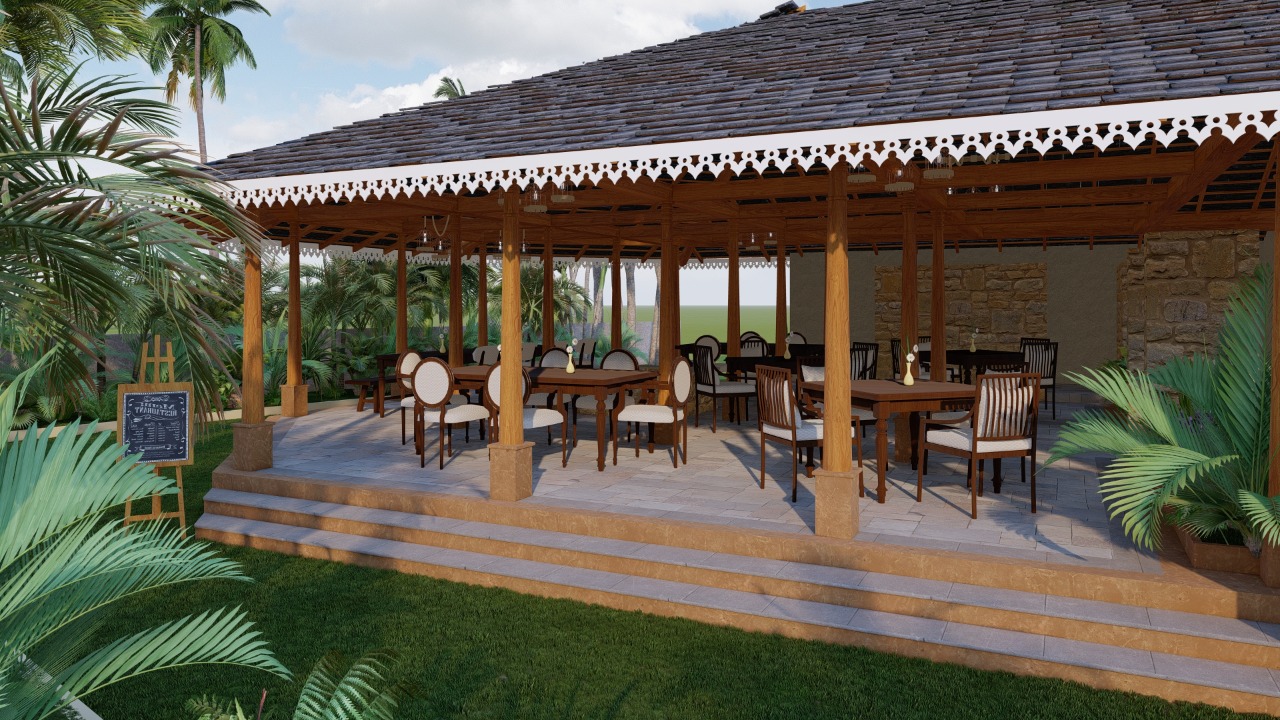Designing a holiday home is an exciting endeavor, but it requires careful planning and consideration to create a space that reflects your dreams and provides the perfect getaway. Employing the services of skilled architects is crucial to turning your vision into reality. This article explores the significance of understanding the 12 key steps to ensuring your holiday home design is in the hands of the best architects. We will delve into the benefits that landowners and holiday homeowners can reap from this knowledge, the implementation process, and the potential consequences of neglecting these essential steps.

Defining Your Vision
Understanding the 12 key steps allows landowners and holiday homeowners to clearly articulate their vision for the holiday home. Knowing what you want to achieve ensures effective communication with architects, enabling them to translate your aspirations into a tangible design.
Setting Realistic Budgets
Knowing the key steps helps in setting realistic budgets for the holiday home project. It allows homeowners to account for all aspects of the design and construction process, preventing financial surprises later on.
Finding the Right Architect
Understanding the essential steps enables homeowners to identify and hire the best-suited architect for their project. Researching the architect's portfolio, reputation, and experience becomes easier when you comprehend the critical factors to consider.
Exploring Different Design Option
By understanding the key steps, homeowners can actively participate in the design process and explore various options with the architect. This collaboration ensures that the final design aligns with your preferences.
Maximizing Space and Functionality
The 12 key steps help in optimizing the use of available space and enhancing functionality. An experienced a
Compliance with Regulations
The 12 key steps help in optimizing the use of available space and enhancing functionality. An experienced architect can transform limited space into a comfortable and functional holiday retreat.
Compliance with Regulations
Comprehending the essential steps ensures that your holiday home adheres to local building regulations and environmental standards. Failure to comply with these regulations can lead to costly legal issues and delays.
Integrating Sustainable Practices
Understanding the key steps empowers landowners and homeowners to incorporate sustainable and eco-friendly practices in their holiday home design. Green architecture not only benefits the environment but also reduces long-term operational costs.
Ensuring Quality Construction
Knowledge of the key steps allows homeowners to monitor the construction process and ensure that the best practices are followed. This oversight reduces the likelihood of errors and delivers a higher quality end product.
Securing Building Permits
An awareness of the 12 key steps facilitates the process of obtaining necessary building permits. Delaying or neglecting this step can lead to significant setbacks in the construction timeline.
Minimizing Cost Overruns
Implementing the essential steps helps in avoiding unexpected cost overruns during the construction phase. Clear planning and effective communication with architects contribute to staying within the budget.
Creating a Unique Holiday Experience
Understanding the key steps allows homeowners to create a holiday home that offers a unique and unforgettable experience for themselves and their guests. A well-designed space can enhance relaxation, rejuvenation, and joy.
Increasing Property Value
Finally, homeowners who grasp the importance of these steps can increase the overall value of their holiday property. A thoughtfully designed and well-built holiday home will attract potential buyers or renters in the future.
Consequences of Neglecting the Key Steps
Failure to understand and implement these key steps can lead to significant challenges. Subpar design, budget overruns, compliance issues, and unsatisfactory results are just a few of the potential consequences. Additionally, a poorly designed holiday home may not attract renters or buyers, resulting in financial losses.
A Dream Holiday Retreat: Understanding the key steps allows homeowners to create a holiday home that truly aligns with their desires and lifestyle. This personalized touch ensures a perfect retreat where they can escape from the routine and enjoy quality time with family and friends.
Long-Term Satisfaction: A well-designed holiday home brings a sense of accomplishment and long-term satisfaction. By being involved in the design process, homeowners can add elements that resonate with their tastes, making the holiday home a cherished possession.
Increased Rental Income: For those planning to rent out their holiday homes, implementing the key steps can significantly boost rental income. A thoughtfully designed and well-equipped holiday home attracts more guests and garners positive reviews, leading to repeat business and word-of-mouth referrals.
Enhanced Market Appeal: If homeowners ever decide to sell their holiday home, a well-designed property has better market appeal. It can attract potential buyers who are willing to pay a premium for a beautiful and functional space.
Stress-Free Design and Construction: Understanding the key steps streamlines the design and construction process, reducing stress and potential conflicts during the project. With effective planning and communication, the journey from conception to completion becomes smoother.
Sustainable and Energy-Efficient Features: An architect well-versed in the key steps can help incorporate sustainable and energy-efficient features into the design. This not only benefits the environment but also reduces utility costs for the homeowners in the long run.
Smart Space Utilization: Architects with expertise in the 12 key steps can make the most of available space, ensuring that every inch serves a purpose. Smart space utilization can make the holiday home feel more spacious and functional.
Quality Craftsmanship: The guidance of skilled architects ensures that the holiday home is built with high-quality materials and craftsmanship. This contributes to the durability and longevity of the property.
Minimal Disruptions: Following the key steps helps in mitigating potential disruptions during the construction phase. An organized and well-executed plan minimizes delays and unforeseen challenges.
Customization and Flexibility: With a comprehensive understanding of the key steps, homeowners can incorporate customization and flexibility in the design. This allows them to adapt the holiday home to changing needs or preferences in the future.
Pride of Ownership: Knowing that their holiday home is the result of careful planning and collaboration with talented architects fills homeowners with pride. They can confidently showcase their property to friends and family, creating lasting memories.
On the other hand, neglecting the key steps can lead to various undesirable outcomes:
Design Mismatch: Without a clear understanding of the design process, homeowners may end up with a holiday home that does not meet their expectations or requirements.
Budget Overruns: Poor planning and lack of comprehension regarding the key steps can lead to unexpected cost overruns, straining finances and causing stress.
Subpar Construction: Choosing inexperienced or unqualified architects may result in subpar construction quality, leading to maintenance issues and higher expenses in the long run.
Decreased Property Value: A poorly designed and constructed holiday home may not fetch a good price in the market, resulting in reduced returns on investment.
Dissatisfaction and Frustration: Homeowners who do not understand the key steps may feel dissatisfied with the final outcome and may be burdened with regrets.
Conclusion:
In conclusion, understanding the 12 key steps to ensuring your holiday home design is in the hands of the best architects is crucial for a successful and fulfilling experience. Homeowners who grasp these steps can enjoy a dream holiday retreat, increased rental income, and enhanced market appeal. They also benefit from sustainable features, stress-free construction, and a sense of pride in their investment. Conversely, neglecting these steps can lead to design mismatches, budget overruns, legal complications, and decreased property value. By acknowledging the significance of these steps and collaborating with skilled architects, landowners and holiday homeowners can transform their vision into a reality that brings joy and relaxation for years to come.
Regenerate response
